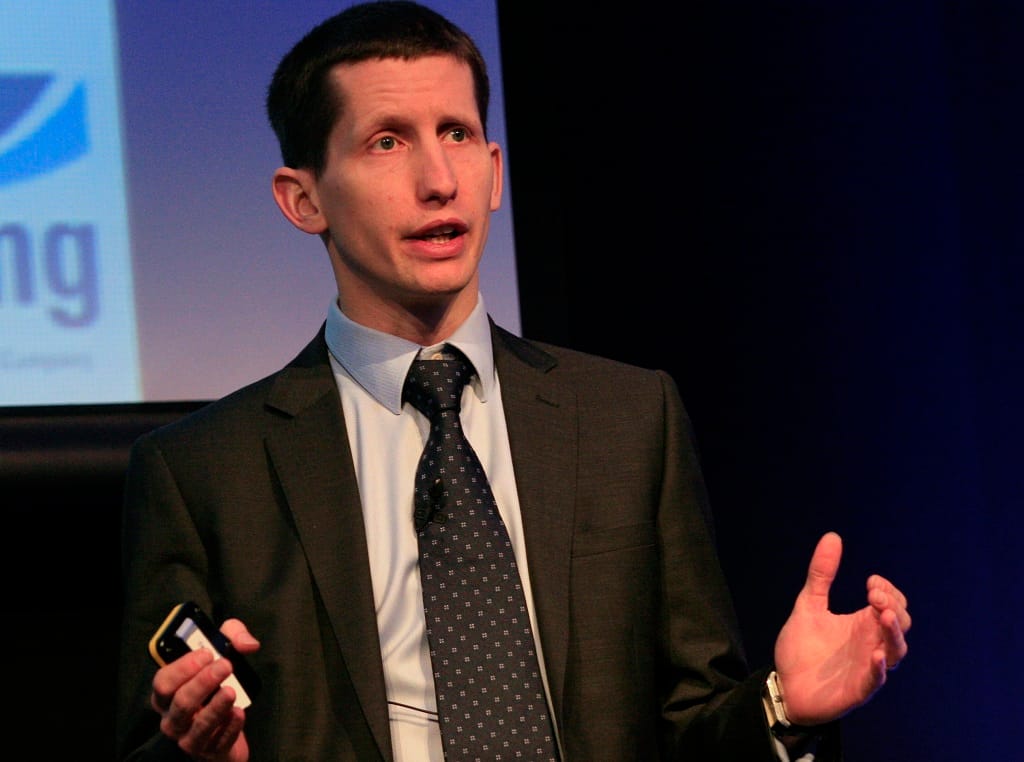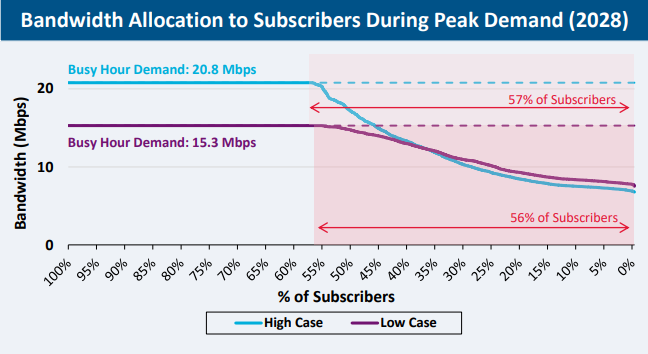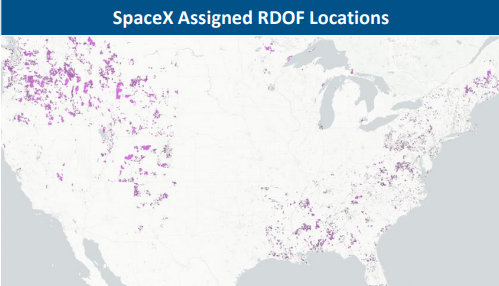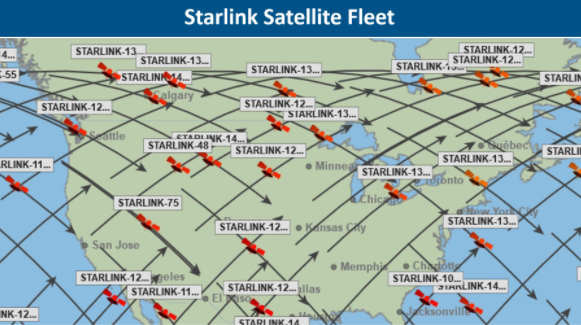Experts Investigating Starlink Are Not Convinced that Elon Musk’s Satellite Project Provides Rural Broadband Solution
February 16, 2021—While SpaceX touts Starlink as the answer to the world’s dearth of broadband coverage, experts are not convinced that it will be able to meet increasing demand. Elon Musk’s SpaceX began launching a constellation of small satellites early in 2018 with the goal of providing affordabl
Benjamin Kahn

February 16, 2021—While SpaceX touts Starlink as the answer to the world’s dearth of broadband coverage, experts are not convinced that it will be able to meet increasing demand.
Elon Musk’s SpaceX began launching a constellation of small satellites early in 2018 with the goal of providing affordable satellite broadband coverage to areas around the globe that historically lacked any access to the internet. On February 16, 2021, Space X launched its 19th mission adding to the hundreds of satellites in low orbit.
Cartesian, a U.S.-based technology consulting firm, recently published its final report as part of its “Starlink RDOF Assessment.” According to its findings, even under generous circumstances, Starlink would be unable to provide reliable internet coverage to its consumers.
To be considered for the RDOF bidding process, a company must commit to providing 100 megabits per second download and 20 megabits per second upload speed to consumers.
Michael Dargue, vice president of Cartesian, wanted to be clear that the assessment was based on publicly available information and that the specific technical abilities of the satellites are largely unknown. Dargue stated that the assessment made several assumptions. He spoke at a Tuesday webinar.
First, he stated that the assessment assumed that the satellites could transfer 20 gigabits per second and that each satellite had an effective range of 300,000 square miles. Additionally, he stated that the assessment assumed that the maximum latitude of center of satellite coverage area was 53 degrees. Dargue added that natural features such as mountains and forests were not accounted for in the assessment.
Dargue stated that with these assumptions made, the assessment indicated that 56-57 percent of consumers reliant on Starlink would experience degradations in their broadband service during peak hours (between 6PM and 12AM). Cartesian modeled two scenarios with megabits per second as the independent variable and percent of subscribers that received uncompromised service as the dependent variable.
The first model assumed that during peak hours users were using 20.8 megabits per second, and the second model assumed that peak hour users were using 15.3 megabits per second. These models both found that more than half of users would experience degradation in their service.
Dargue said that because SpaceX plans to use Starlink for military, commercial, and other non-fixed broadband sources (such as “smart” cars), Starlink’s ability to provide sufficient broadband coverage would be even further diminished. The Cartesian assessment estimated that if 50 percent of Starlink’s satellite capacity is dedicated to non-RDOF network users, 95-92 percent of RDOF users would receive insufficient coverage.

Screenshot of the Tuesday webinar
He stated that these issues will only become worse as the number of users and their broadband dependent devices increase, and that there would be a significant capacity shortfall by 2028. Dargue added that because SpaceX’s future business plans for Starlink are always changing the FCC may find it difficult to determine if SpaceX is complying with its contractual obligations.

Late last year, it was announced that SpaceX had secured a sizeable contract with the FCC’s Rural Digital Opportunity Fund. SpaceX’s contract was worth $885.5 million of a total of $9.2 billion that was made available to the fund.

SpaceX’s Starlink will be responsible for providing 640,000 locations with broadband coverage, mostly on the East Coast and northwestern U.S. Almost 88.3% of the locations Starlink will be covering are considered rural, with its five largest regions being Pennsylvania, Virginia, Washington, Mississippi, and Alabama.

Starlink will work by assembling its planned fleet of approximately 12,000 satellites into an overlapping tessellation of coverage to ensure that no region that is ought to be covered is missed.









Member discussion